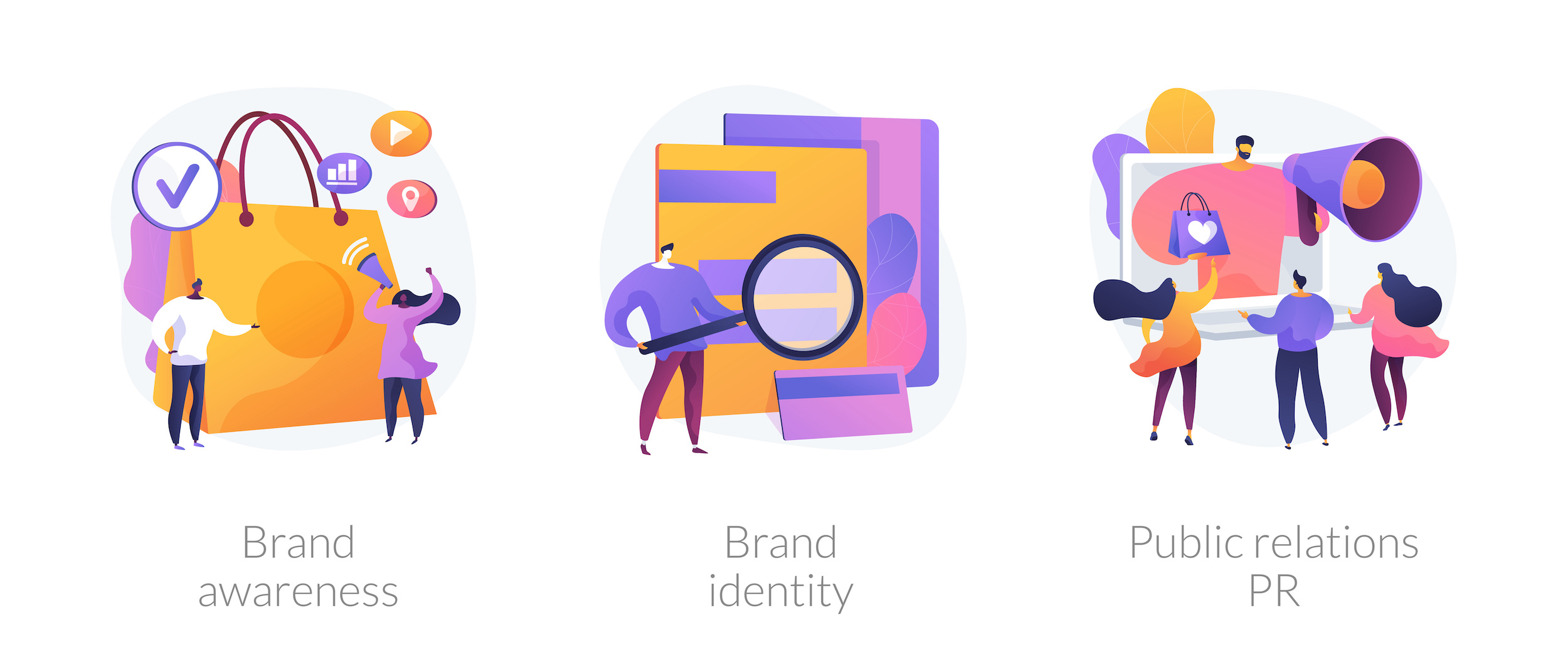
I have a working theory that people who think about the future more than the past are better at long-term thinking. Time and again businesses that make decisions based on the long-term come out ahead. If you’re like me, you have to retrain your brain in order to see beyond the short-term. Hopefully some of these tips will help.
Think about the long-term
Take time to think about the future. If you don’t know where to begin, work backwards. Where do you want to be? What idea is the easiest (and by easy I mean most effortless) that you can start on to get there?
Any time a new idea comes to mind, write it down. I find a running note on my phone helps to organize ideas I have on-the-go.
Surround yourself with other perspectives
Looking for a get-rich-quick scheme that nobody has ever thought of before? Sure, you and everyone else. A great way to help with long-term thinking is through keeping diverse perspectives. As you know the reality is nobody gets rich fast. By surrounding yourself with diverse ideas the work of groupthink can help create bigger and better plans.
Hire for the long-term
Incentivize your hires for the long-term. Give them options for ownership, and when you hire, hire someone you want to someday call your business partner.
Check in on your goals
Last but not least, check in on your goals. The likelihood that what you want will change is very real. When that happens, be sure to re-organize your short-term goals so they re-align with your final end game.
If you’re looking for more information to guide you in owning a retail business, subscribe to American Quilt Retailer today. Already a subscriber? No worries—join our Facebook group for insights and dialogue from industry specialists like you.













